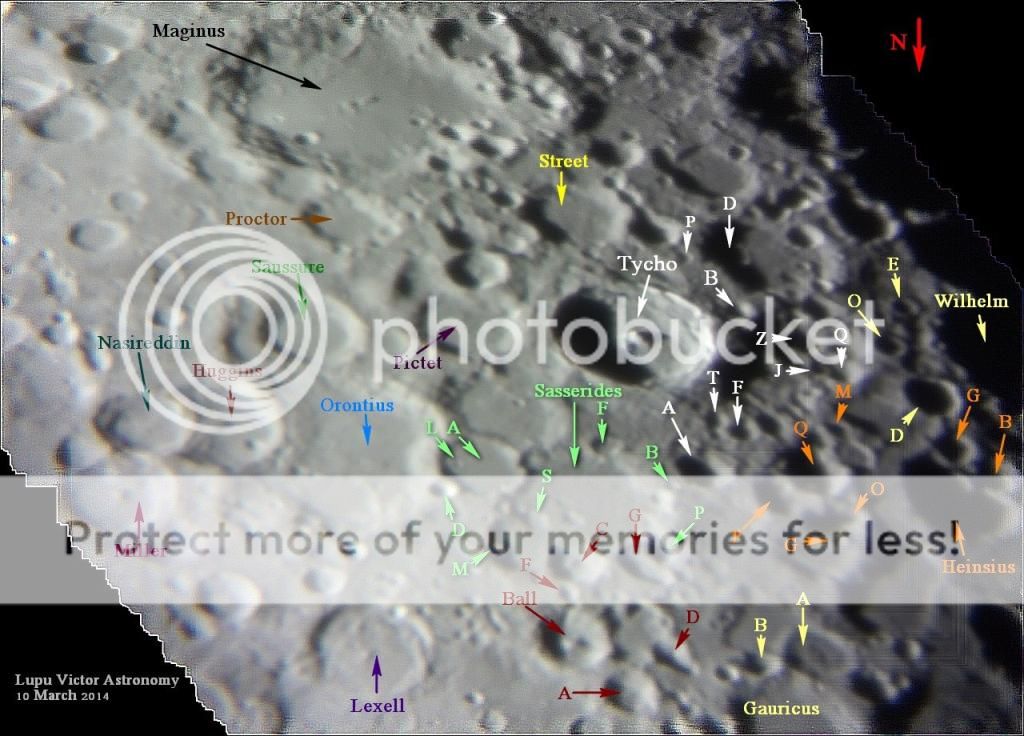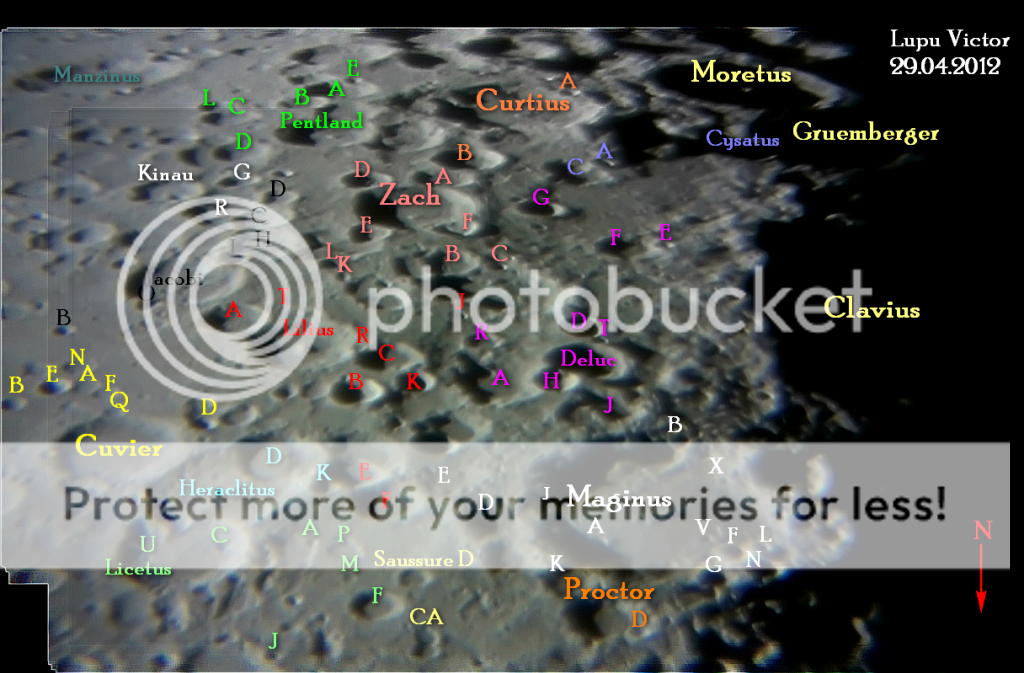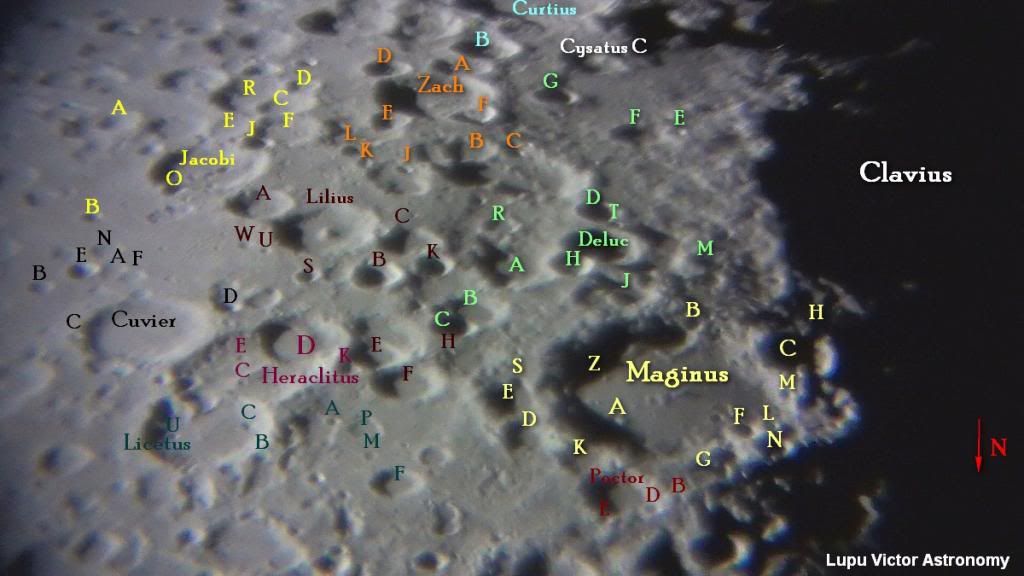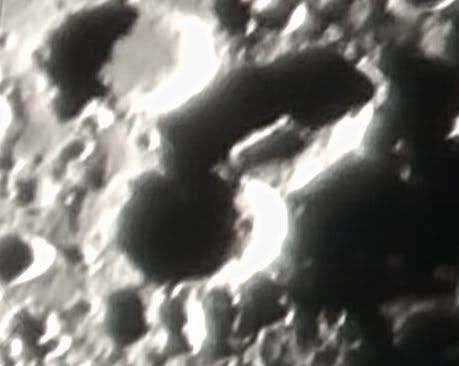This is a landscape little difficult to see, but at the same time raise the interest for a more detailed investigation of these lunar features.
For example, Stofler crater made me curious when I saw in this light. Its shape is much sharper now that is flooded darkness. This form is actually composed of two craters: Stofler (126 km) and Faraday (70 km). What seems unique from all other moments when I caught this crater is the small crater sitting on the edge of Stofler called Stofler F (18 km). The Shadow that makes Stofler not be circular. These craters are actually Faraday, and left and right Faraday A (21 km) and C (30 km).
Heraclitus and Licetus (90/75 km) are two stuck together craters, but they are more complex than you think. The shape can confuse you because these are some overlapping craters.
Heraclitus, is a complex crater and is located in rugged mountainous areas south of the Moon.The crater is 90 kilometers in diameter and 3.8 kilometers deep. Licetus is combined with Heraclitus and form the southern end. Cuvier is at west and north is Lilius.
Magnitude: -10.82
Phase: 0.46
Distance: 399.283 km
Illuminated: 45.6% (0% = New, 100% = Full)
Astronomical instrument: Celestron C8-Newtonian telescope,
Eyepiece: Plossl 20mm, 2x Barlow
Mount: CG5 (EQ5)
Camera: Sony CX130
Filter: no
Date: 30.01.2012
Location: Baia Mare, Romania
Processing: FastStone Image Viewer
In the picture below are labeled craters and other lunar features in the region. To better understand this photo, you should note that the label with the name or the letter of larger craters could be found at their center, and on the small craters, you should find them around them, usually above.
For example, Stofler crater made me curious when I saw in this light. Its shape is much sharper now that is flooded darkness. This form is actually composed of two craters: Stofler (126 km) and Faraday (70 km). What seems unique from all other moments when I caught this crater is the small crater sitting on the edge of Stofler called Stofler F (18 km). The Shadow that makes Stofler not be circular. These craters are actually Faraday, and left and right Faraday A (21 km) and C (30 km).
Heraclitus and Licetus (90/75 km) are two stuck together craters, but they are more complex than you think. The shape can confuse you because these are some overlapping craters.
Heraclitus, is a complex crater and is located in rugged mountainous areas south of the Moon.The crater is 90 kilometers in diameter and 3.8 kilometers deep. Licetus is combined with Heraclitus and form the southern end. Cuvier is at west and north is Lilius.
Magnitude: -10.82
Phase: 0.46
Distance: 399.283 km
Illuminated: 45.6% (0% = New, 100% = Full)
Astronomical instrument: Celestron C8-Newtonian telescope,
Eyepiece: Plossl 20mm, 2x Barlow
Mount: CG5 (EQ5)
Camera: Sony CX130
Filter: no
Date: 30.01.2012
Location: Baia Mare, Romania
Processing: FastStone Image Viewer
In the picture below are labeled craters and other lunar features in the region. To better understand this photo, you should note that the label with the name or the letter of larger craters could be found at their center, and on the small craters, you should find them around them, usually above.
 |
| The image above is made in 10 February 2011. |
 |
| Image of 9 February 2011. |








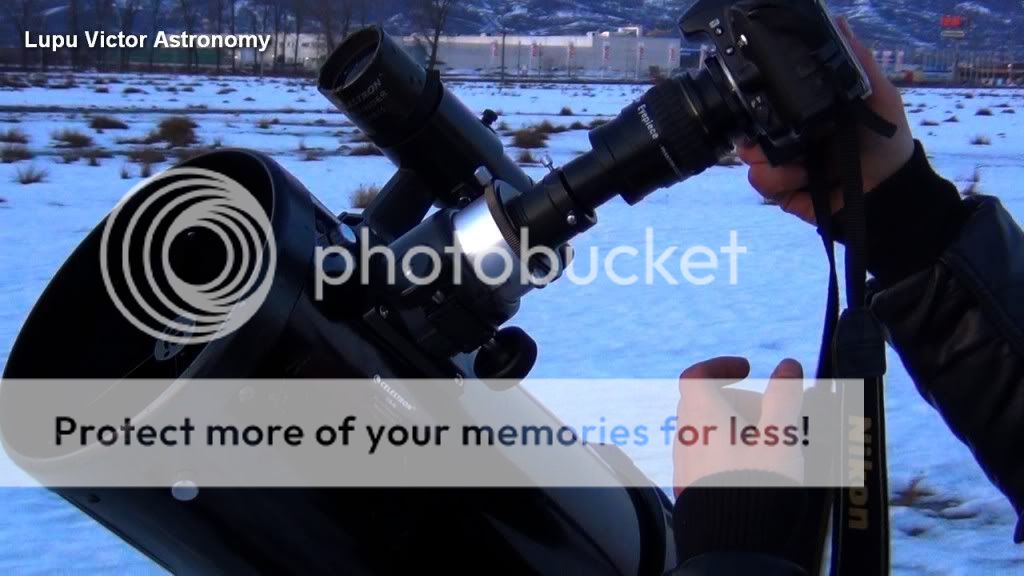

 Friday, March 25, 2016
Friday, March 25, 2016
 Unknown
Unknown






